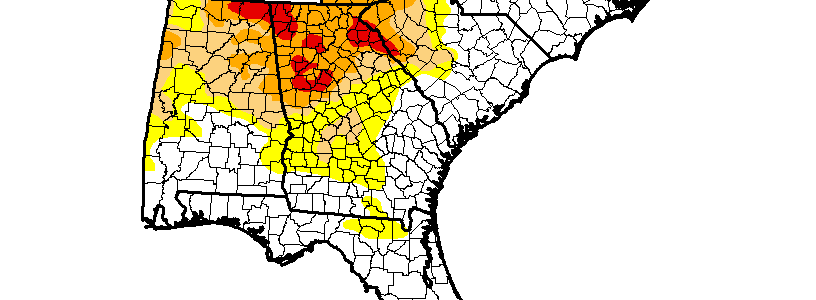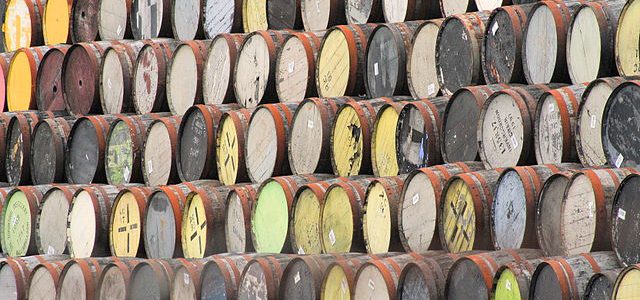-

In view of the heat that is blanketing much of the US this week, Modern Farmer published a list of five methods that you can use to keep animals cool. And don’t forget, if they have light skin and little hair, they can get sunburned too. You can read the story here.
-

Weather Underground reported yesterday that record high temperatures in the United States are outnumbering record low temperatures by a 4 to 1 margin this year. According to their story, “As of July 24, there have been 34,289 daily high and warm daily low temperature records tied or broken so far this year, according to data…
Posted in: Climate and Ag in the news -

As expected, the new Drought Monitor this morning shows a small expansion of extreme drought in northwestern Georgia and northern Alabama. Abnormally dry conditions also appeared in northern Virginia and the east coast of Florida this week. Since temperatures continue to be hot and precipitation below normal, this is likely to expand again in next…
Posted in: Drought -

Today is a transition day for Dr. Ryan Boyles, the North Carolina State Climatologist who has been one of the most active state climatologists in the country and who was featured on this blog in July 2015. Ryan is moving to the Department of the Interior’s Southeast Climate Science Center and will serve there as…
-

Do you know what a “flash” drought is? I always thought it was a rapidly developing severe drought that primarily affected agriculture. I was surprised to learn that there are actually two types of flash drought, as explained by John Feldt, the retired Hydrologist in Charge of the NWS Southeast River Forecast Center. John now…
-

The water temperature in the Atlantic Ocean is nice and warm, well above the long-term average. But in spite of the warm water, the tropics have been very slow to start producing any tropical storms this year after an early start to the season. In part this is due to the presence of Saharan dust…
-

BNN.ca had an interesting story earlier this week about increases in bourbon production in Kentucky and the negative impacts on the population of white oak trees. By law, bourbon is produced by aging for at least two years in new charred white oak barrels, and the demand for bourbon is so strong that foresters are…